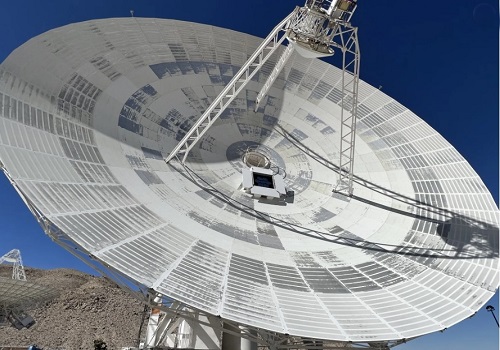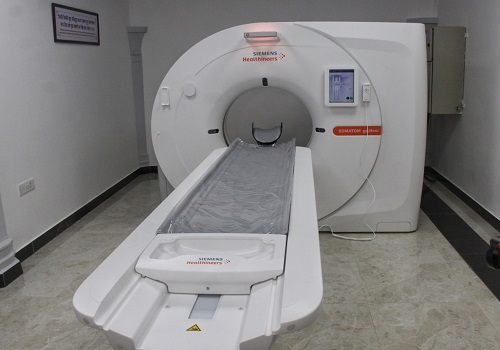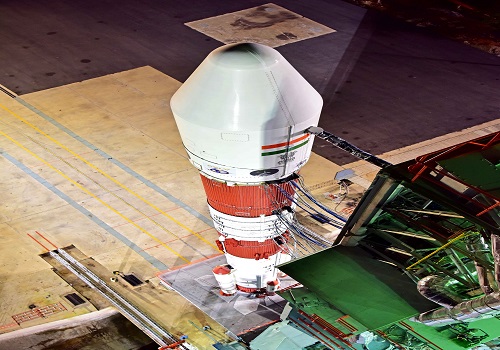NASA uses new hybrid antenna to track deep space communication

An experimental antenna has received both radio frequency and near-infrared laser signals from NASA’s Psyche spacecraft as it travels through deep space.
This shows it is possible for the giant dish antennas of NASA's Deep Space Network (DSN), which communicate with spacecraft via radio waves, to be retrofitted for optical, or laser, communications.
The 34-metre radio-frequency-optical-hybrid antenna, called Deep Space Station 13, has tracked the downlink laser from NASA’s Deep Space Optical Communications (DSOC) technology demonstration since November 2023.
The tech demo’s flight laser transceiver is riding with the agency’s Psyche spacecraft, which launched on October 13, 2023. “Our hybrid antenna has been able to successfully and reliably lock onto and track the DSOC downlink since shortly after the tech demo launched,” said Amy Smith, DSN deputy manager at NASA’s Jet Propulsion Laboratory in Southern California, in a statement.
"It also received Psyche's radio frequency signal, so we have demonstrated synchronous radio and optical frequency deep space communications for the first time," Smith added.
In late 2023, the hybrid antenna downlinked data from 32 million km away at a rate of 15.63 megabits per second -- about 40 times faster than radio frequency communications at that distance.
On January 1, 2024, the antenna downlinked a team photograph that had been uploaded to DSOC before Psyche's launch.
In order to detect the laser's photons (quantum particles of light), seven ultra-precise segmented mirrors were attached to the inside of the hybrid antenna's curved surface.
Resembling the hexagonal mirrors of NASA's James Webb Space Telescope, these segments mimic the light-collecting aperture of a 1-metre aperture telescope.
As the laser photons arrive at the antenna, each mirror reflects the photons and precisely redirects them into a high-exposure camera attached to the antenna's subreflector suspended above the centre of the dish.
Officials hope the antenna will be sensitive enough to detect the laser signal sent from Mars at its farthest point from the Earth (2 ½ times the distance from the Sun to Earth).
Psyche will be at that distance in June on its way to the main asteroid belt between Mars and Jupiter to investigate the metal-rich asteroid Psyche.
The seven-segment reflector on the antenna is a proof of concept for a scaled-up and more powerful version with 64 segments -- the equivalent of a 8-metre aperture telescope -- that could be used in the future.
DSOC is paving the way for higher-data-rate communications capable of transmitting complex scientific information, video, and high-definition imagery in support of humanity's next giant leap: sending humans to Mars.
The tech demo recently streamed the first ultra-high-definition video from deep space at record-setting bitrates.























